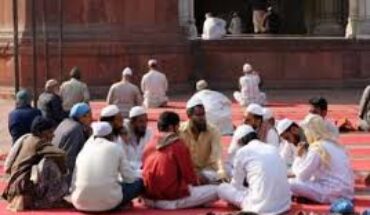At the core of India’s energy transformation is its bet on solar power. Based on a commitment to address the global climate crisis, India has promised to source nearly half its energy from non-fossil fuel sources by 2030 and, in the shorter term, source of at least 60% of its renewable energy from solar power. However, a disclosure in Parliament by the Minister for Power, New and Renewable Energy suggests that India faces a significant headwind in this quest. A key central policy to source solar power is facilitating the establishment of large solar parks; small solar power projects usually translate to higher per-unit production costs. And so, in 2014, the Centre announced the ‘Solar Parks and Ultra-Mega Solar Power Projects’ policy to facilitate the creation of large parks. The initial plan was to set up 25 parks capable of generating at least 20,000 MW by 2019. In 2017, the Government scaled this to 61 parks with a target of 40,000 MW. It emerges, however, as of 2022, that only a fourth of the capacity has been achieved as projects worth 10,000 MW have been commissioned. Four projects have been cancelled due to tardy progress. The roadblocks, in the Centre’s estimate, have been challenges in acquiring land with a clear title, setting up the infrastructure necessary to transmit power produced at these parks to the grid and, in an unusual disclosure, “environmental issues” in Rajasthan and Gujarat, where projects have been halted because their transmission lines encroach upon the habitat of the critically endangered Great Indian Bustard. Notwithstanding its claims on international podia that it is on track to meet renewable energy targets, it is no secret that India is lagging behind. Also, solar power may be a valuable tool in India’s energy transformation story, but it cannot be the panacea for all requirements.
Solar power won’t offer solutions to all energy needs
Published Date: 17-12-2022 | 3:00 pm





